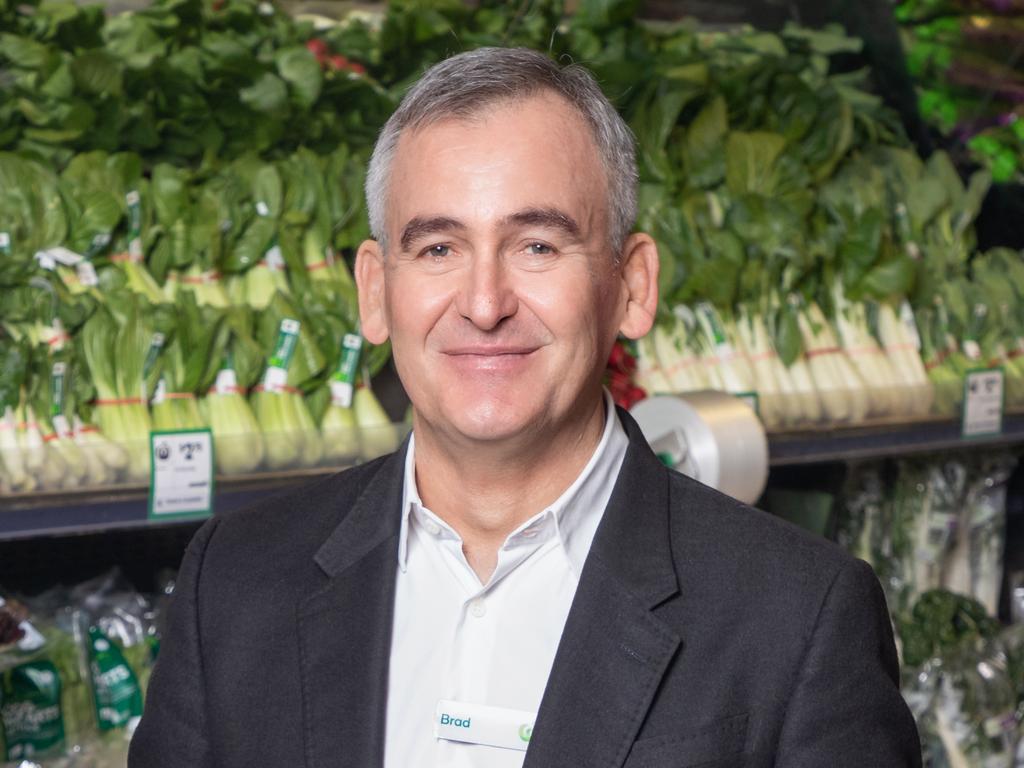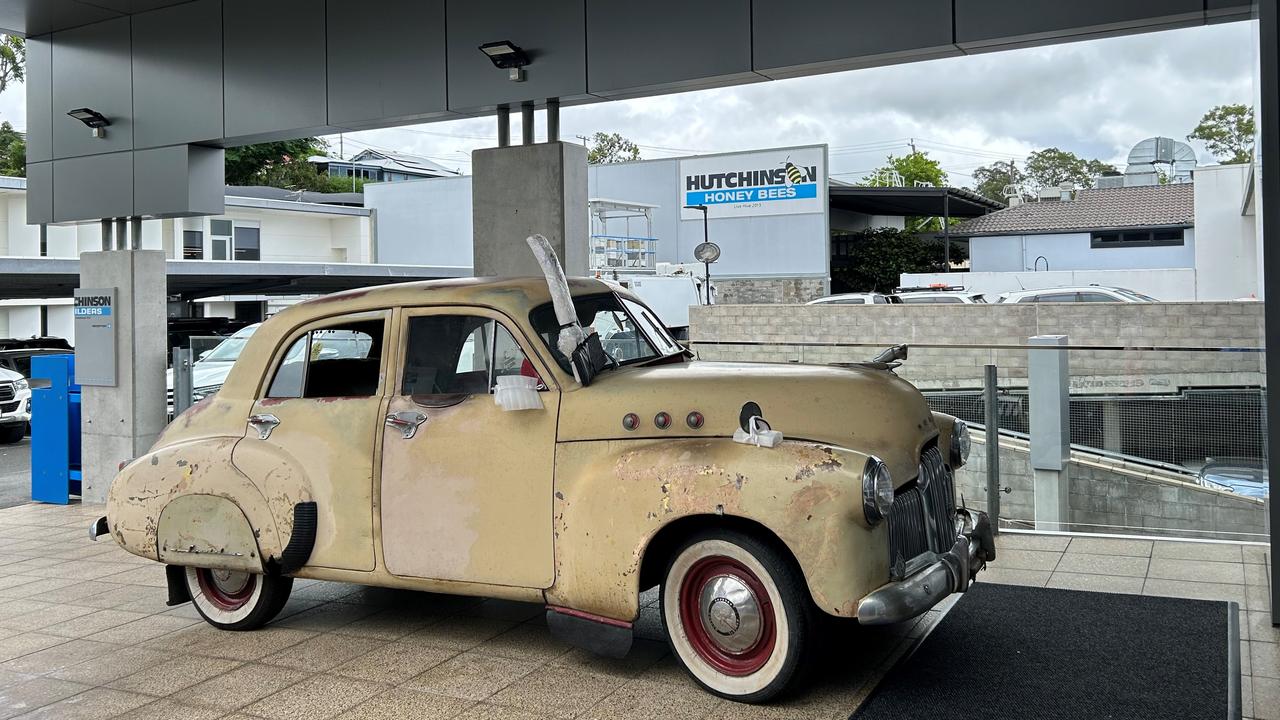Behind Jakob Stausholm’s plan to build a reliable Rio Tinto
Like most mining bosses, Jakob Stausholm is coming under intense pressure to drive more savings from his vast industrial machine.
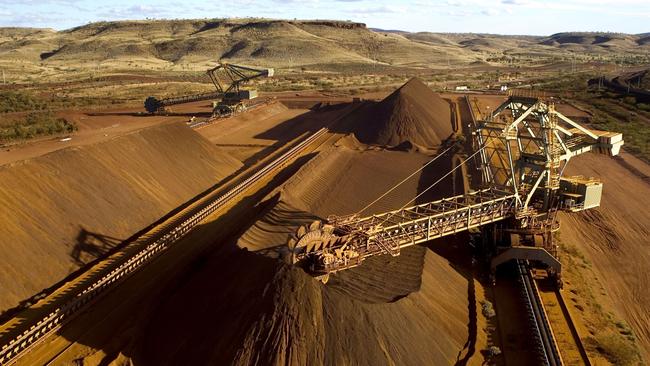
Business
Don't miss out on the headlines from Business. Followed categories will be added to My News.
As iron ore, copper and aluminium prices pull back, Rio Tinto’s Jakob Stausholm, like most mining bosses, is coming under intense pressure to drive more savings from his vast industrial machine.
However, Rio is some distance behind rivals after losing its edge over recent years when it comes to being a low-cost producer, particularly through the giant Pilbara iron ore mines.
Stausholm says Rio has operational excellence built into its DNA and he is making progress in getting the miner back to that point. But the foundation in getting to the lower cost destination is to get predictability restored into Rio’s operations. This is the key to building efficiency.
Stausholm points out that inflationary pressures are acute in mining, particularly around wage inflation where worker shortages persists. Energy costs are also crunching aluminium margins.
“I tend to just focus on what we can control and that is being more efficient. You are being rewarded for being more efficient during tight times like now,” he tells The Australian in an interview.
He is also firm on not cutting necessary investment even as prices pull back “for the sake of achieving that unit cost target”.
Lower commodity prices sliced Rio Tinto’s annual profit 41 per cent to $US12.4bn ($18.2bn). Iron ore represents nearly 70 per cent of underlying earnings, showing it is still at its heart a producer of the steel-making commodity with copper, aluminium and other minerals on the side.
The miner is still spitting out more than $US9bn in free cash, although that is half the rate of the same time last year. The full year dividend was also sharply lower at $US4.92 a share, with $US11.7bn being returned to shareholders over the past year.
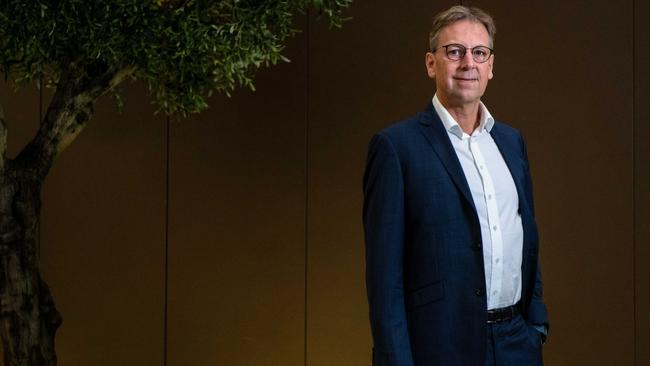
However Stausholm was keen to focus on production consistency, which has been patchy across Rio in recent years.
“I do think that the business is more predictable and we are moving towards getting the other products more predictable as well,” he says, speaking from London.
Stausholm took charge more than two years ago after the mining giant was enveloped in a crisis around the Juukan Gorge cave destruction. He says the cultural transformation underway is the main reason why Rio is starting to get greater operational performance.
One setback, however, came last month when a dangerous radioactive capsule used for measurement went missing as it was being transported across Western Australia. It was later found by authorities after a massive search. It is still early days in the investigation of what went wrong, but Strausholm says that it was a “very serious incident” with lessons to be learnt for all.
A major part of Stausholm’s management style has been working to smooth over relations with governments and communities in the areas it operates in. Part of this has been cleaning up legacy issues that have been able to drift too long.
A big step towards this was late last year buying out Canadian miner Turquoise Hill for $US3.3bn, giving Rio a clearer ownership vehicle in the giant Mongolian copper mine Oyu Tolgoi, and resetting the relationship with the Mongolian government which shares ownership. Elsewhere Stausholm has spent time in Guinea meeting with officials there to cautiously steer the massive Simandou iron ore project closer to the approval stage.
The Rio boss says he has more than enough to work with on his own development pipeline so there is little need for transformative deals. However, smaller acquisitions where it makes sense for what his customers want may be of interest. One area he is sitting out of at the moment is lithium. He’d like to have more of it but it is expensive and Rio’s massive Jadar deposit in Serbia isn’t likely to be a realistic proposition for the next few years.
Origin support
Even after having just over $172m shaved from the price tag in the wake of the Albanese government’s energy crackdown and falling gas prices, Origin’s board is set to formally back Brookfield’s mega-takeover, putting the proposal a step closer to completion.
Both sides argue the new, albeit slightly discounted offer, still represents a blockbuster premium, with the market in recent weeks increasing its bets that Brookfield was preparing to take its consortium and walk away completely. The relief among bankers for the deal known as Project Webb is palatable.
The revised terms still grazes Brookfield’s local reputation after an initial agreement was struck between the Origin board and the Canadian investment giant in November. While pricing then was not set in stone, the risk to the deal should lay with the buyer, not the seller. In any future transactions, boards on the other side of a Brookfield deal are likely to extract more guard rails when it comes to indicative pricing.
For its part, Brookfield puts the new price down to the intense complexity of the transaction and that became apparent through due diligence, particularly the carve-up of Origin between domestic electricity generation and its LNG business. Those close to the transaction were keen to downplay the Albanese government’s emergency energy intervention, although it was part of the calculation.
New deal
The new non-binding proposal, pitched at $8.90 a share, follows months of intensive due diligence and compares to the initial $9.00 a share proposed last November. This still values the takeover at more than $18.1bn including debt and takes the offer price back to pricing pitched last September, before Origin’s board extracted its final bump in November.
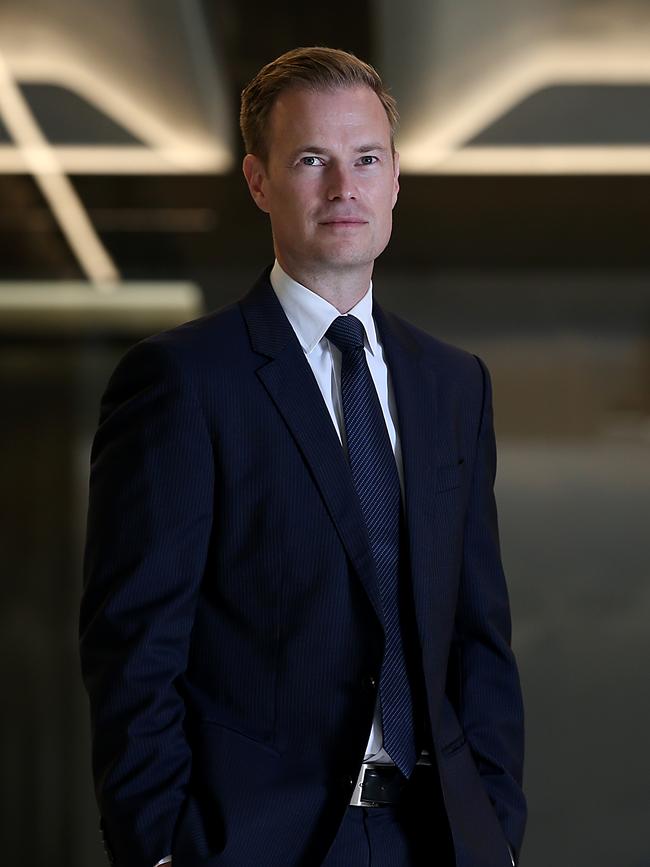
It’s not $9.00, but it still represents a 42 per cent premium for investors from the pre-bid price. Importantly, shareholders are likely to get another dividend cheque later this year given the delay in the deal, although this will ultimately come off the headline price tag.
There are some other minor modifications with a higher penalty of 4.5 cents per share per month delayed with the clock ticking from November. This is designed for Brookfield to get cracking on the deal, and it hopes to have a formal agreement in front of Origin’s board by next month.
Previously the penalty was pitched at 3 cents a share with the deadline by mid-May. At the same time there will be a two-tiered payment plan with retail investors getting the $8.90, while for bigger shareholders they are expected to take US dollar currency risk on half of the cash offer to align with the underlying LNG earnings.
The buyout comes as global gas prices have cooled in recent months, although Origin issued a bumper earnings upgrade at its interim result last week, with an earnings improvement across both its coal-fired energy markets business and improved returns for LNG.
The Albanese government’s emergency energy package outlined in December certainly added risk to the Brookfield consortium, particularly for Mid Ocean Energy, which is set to emerge with Origin’s Australian Pacific LNG business.
Here, uncertainty centres on the enforced reasonable pricing demand of future domestic gas contracts, a move that essentially puts a longer term price cap into the market.
When the changes, which included the 12-month coal price cap (a positive for Origin’s electricity business) were outlined in December, nearly $1.1bn was wiped from the energy major’s market capitalisation.
That highlights the cost of the risk built into the new discounted price tag, but is at the margins.
LNG Demand
The longer term play is the world will continue to consume more gas for decades to come, particularly in Asia, as its transitions away from coal to renewable energy. At the same time, the war in Ukraine has highlighted how big global gas buyers are prepared to pay a premium to build supply reliability into long-term gas contracts.
Meanwhile, Climate and Energy Minister Chris Bowen will need to get across the new critical player in his domestic electricity market. Assuming all goes smoothly with a shareholder vote supporting the takeover in November, Brookfield’s local boss Stewart Upson will make the call on whether to close the giant Eraring coal-fired power plant in NSW by 2025 based on Origin’s current timetable.
Bowen, too, can choose whether he wants to align himself with Upson, given Brookfield is still committing to its $20bn-plus spending spree aimed at turning Origin into a green powerhouse. This ranks as one of the biggest financial commitments in greening Australia’s energy grid.
Woolworths boost
Brad Banducci sees a point soon coming where weekly traffic to the Woolworths digital channels will cross over to be bigger than the amount of people walking into one of his supermarkets.
Digital traffic is running at 3.4 million visits a week behind the physical stores which count 19.4m visits, but the gap is the smallest it has ever been. Banducci says the digital gap has already crossed over for Big W discount department stores, with his supermarkets not far behind. Even with some cooling in online sales in the past six months as people flocked back to stores Banducci remains adamant as he reshapes his supermarket around faster home delivery and intuitive shopping. “Digital is the thing,” he tells The Australian in an interview.
Currently the tool creating the most buzz in Woolworth’s digital kit is the virtual shopping list built into the mobile app and more than a million people now using it to plan their shopping. Banducci points out that something that used to be written on paper is now in the pockets of all shoppers on the mobile phones and can now be dynamically updated as specials are put out.
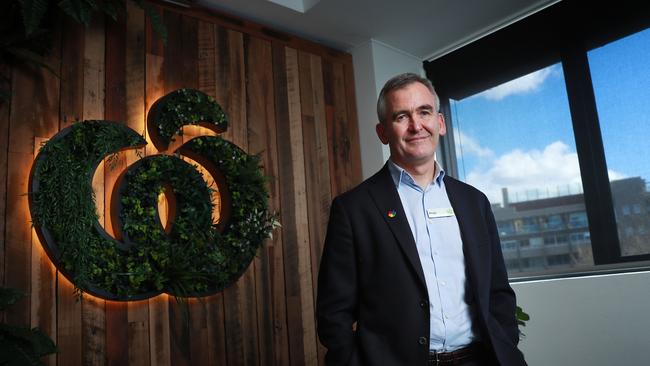
His comments came as Woolworths delivered a market-beating 14 per cent increase in group profit to $907m, helped by the absence of the persistent costs linked to the Covid-19 pandemic and return to strength across Big W. Shares in Woolworths on Wednesday jumped 2 per cent to $37.45.
Banducci says the results show supermarket retailing has entered a new phase, in the post-Covid world. That means additional costs linked with the pandemic over the past few years, including surge staffing, testing centres and additional logistics are no longer there.
But emerging as a bigger driver of earnings momentum comes the trading environment for supermarkets has become more predictable.
“While there’s still volatility in what we do, food retailers operate around predictability,” Banducci says. “They are used to sending thousands of products to stores on a daily basis. There’s still volatility, but it’s becoming more predictable. This means we are able to forecast better and therefore we’re just getting better productivity around all the things we do,” he says.
This extends to becoming more efficient at loading trucks across Woolworth’s giant distribution centres, the need to hold less inventory and something as simple as getting food on the shelves. Banducci highlighted the number to watch was his annualised three year earnings growth which in the December half for his supermarkets came in at 7.6 per cent to show they were returning to a normal world.
Right now Inflation is the number one issue. For retailers it’s a mixed blessing. Inflation flatters top line sales numbers, but investors quickly find out the growth is all empty calories. Inflation also impacts how people shop, reducing their weekly spend or switching to lower margin items although Woolworths has been able to resist this. Woolworth’s Australian supermarkets had a strong finish to 2022 with total sales up 5.6 per cent in the second quarter.
Banducci says there is a shift around the pace of price rises, currently running at 7.7 per cent. Six months ago nearly every price was increasing through demands from suppliers. Today that has started to stabilise, or at least the level of the price rises are starting to slow. This points to the inflation wave inflation passing, although it remains a long slow trend line for prices to move significantly lower from here.
johnstone@theaustralian.com.au
More Coverage
Originally published as Behind Jakob Stausholm’s plan to build a reliable Rio Tinto



